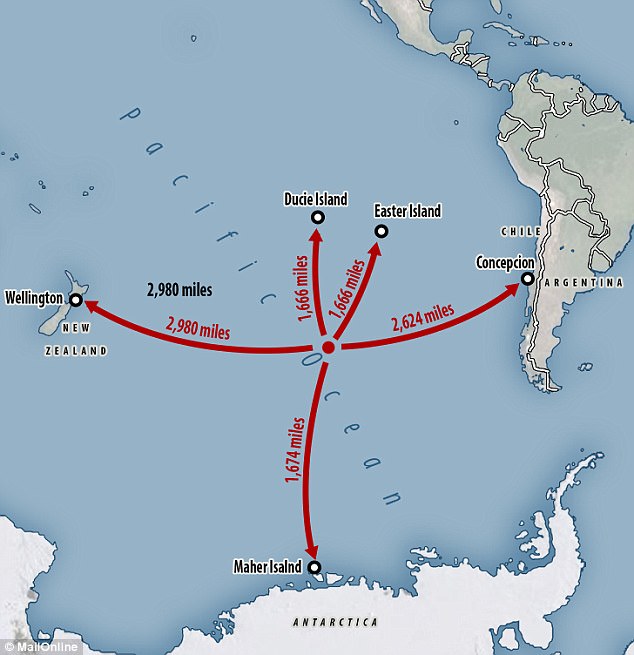What is the issue?
- The recent downing of Tiangong-1 ended concerns about where the debris from the space station would fall.
- It has however reignited the larger debate about space debris itself.
What is Tiangong-1?
- Tiangong-1 is China's space station.
- Launched in 2011, it made China just the third country to launch a space station.
- The Chinese used it to demonstrate spacecraft docking capabilities.
- Six astronauts visited Tinangong-1 in 2012 and 2013 in two crews.
- It included China’s first woman astronauts, Liu Yang and Wang Yaping.
What happened to it?
- Chinese lost control of the station in 2016.
- After losing control, China notified the United Nations Office for Outer Space Affairs and the Inter-Agency Space Debris Coordination Committee.
- Much of Tiangong burnt up in the atmosphere, until it finally splashed into the ocean.
- Weighing 8.5 tonnes, it dropped out of orbit and splashed into the South Pacific Ocean, just northwest of Tahiti.
- Tiangong-2 continues to be operational.
- This lab was launched the same year the Chinese lost control of the now-downed space station.
What are the concerns with space debris?
- At least 500,000 pieces of space debris, of various sizes, are orbiting the Earth.
- Nearly 7,500 tonnes of estimated amount of defunct, artificially created objects are currently in space.
- The speed up to which space junk travel is 28,000 kph.
- This is fast enough to destroy a spacecraft.
- Probability of an individual on Earth being hit by falling debris is 1 in 1 trillion.
- ISRO - PSLV-C19 had launched radar imaging satellite RISAT-1 in 2012.
- Recently, PSLV-C19’s 4th stage burnt up over the Central Atlantic.
What is a spacecraft graveyard?
- There are larger space objects that may not entirely burn up before reaching the ground.
- Spacecraft operators can thus plan for the final destination of their old satellites to make sure that any debris falls into a remote area.
- A 1,500 sq km area in Southern Pacific Ocean is said to be the spacecraft graveyard or spacecraft cemetery.
- This is suitably far from any coast and human habitations thereby.
- Notably, more than 260 satellites were brought down there so far.

What could be done?
- Passivation - Satellite explosions are reduced by deactivating various systems.
- Design for demise - Designing with material that burn up on re-entry.
- Deorbiting systems - Under international guidelines, satellites are brought down within 25 years after mission life.
- Design for servicing - Grips or handles can be caught by a robotic arm or astronauts for repairs.
- RemoveDEBRIS - An innovation led by University of Surrey’s Space Centre, UK.
- It was launched on a SpaceX flight to International Space Station recently.
- It will be released into low-earth orbit, where it will release a smaller satellite that will recapture space junk with a harpoon.
- ISRO - ISRO is looking to develop reusable launch vehicles.
- It had notably conducted a space capsule recovery experiment in 2007.
Source: Indian Express
Quick Fact
United Nations Office for Outer Space Affairs (UNOOSA)
- The UNOOSA works to promote international cooperation in the peaceful use and exploration of space.
- The Office assists any United Nations Member States to establish legal and regulatory frameworks to govern space activities.
- It also strengthens the capacity of developing countries to use space science technology and applications for economic and social development.
- It does this by helping to integrate space capabilities into national development programmes.
Inter-Agency Space Debris Coordination Committee (IADC)
- The IADC is an international governmental forum.
- It works for worldwide coordination of activities related to the issues of man-made and natural debris in space.
- The primary purposes of the IADC are to -
- exchange information on space debris research activities between member space agencies
- facilitate opportunities for cooperation in space debris research
- review the progress of ongoing cooperative activities
- identify debris mitigation options
